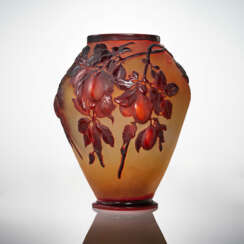камеи
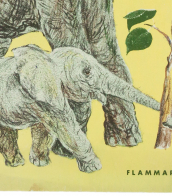


Y. Z. Kami, born Kamran Youssefzadeh is an Iranian-American artist based in New York City.
Kami's large-scale portraits, painted in oil on linen, recreate the visceral experience of a face-to-face encounter. Through a matte, uniform haze, he depicts his subjects with eyes open or closed, gazing forward or looking down. In this way, drawing inspiration from a wide range of philosophical, literary, and religious texts, Kami continues the art historical quest to locate the unknown within material form. He explores these themes not only in his paintings, but also in photographs, collage works, editioned prints, and site-specific, sculptural installations. It was his large-scale portraits that first gained him acclaim from the international art world, leading to receptions of his artworks in various important museum exhibitions and biennials.


Hans Bellmer was a German graphic artist, sculptor, photographic artist, illustrator, and writer who spent most of his life in France.
In the 1930s Bellmer began working on the eroticized image of the deformed doll, contrasting it with the aesthetics of the "classical" body in Hitler's Germany. His graphic and literary explorations focus on the dismemberment and liberation of bodies. Bellmer's surrealist works are violent and provocative: they include puppet sculptures composed of the bodies of nude models, photographs, and prints.
In 1934, 18 photographs of dolls were published in the Parisian surrealist magazine Minotaur, and the Nazi regime declared Bellmer's art degenerate. In 1938, Bellmer emigrated to France.
After the end of the war, the artist continued his work, adding poetry to painting. He also authored illustrations for many works, particularly on erotic themes.


Y. Z. Kami, born Kamran Youssefzadeh is an Iranian-American artist based in New York City.
Kami's large-scale portraits, painted in oil on linen, recreate the visceral experience of a face-to-face encounter. Through a matte, uniform haze, he depicts his subjects with eyes open or closed, gazing forward or looking down. In this way, drawing inspiration from a wide range of philosophical, literary, and religious texts, Kami continues the art historical quest to locate the unknown within material form. He explores these themes not only in his paintings, but also in photographs, collage works, editioned prints, and site-specific, sculptural installations. It was his large-scale portraits that first gained him acclaim from the international art world, leading to receptions of his artworks in various important museum exhibitions and biennials.


Kama Sokolnicka is a Polish graphic artist, designer and collage artist.
She graduated from the Faculty of Graphic Arts at the Academy of Fine Arts in Wroclaw, Poland. Sokolnicka works in book design, painting, drawing, collage, and creates installations. She often uses the principles of collage and montage in her work, resulting in interesting juxtapositions.

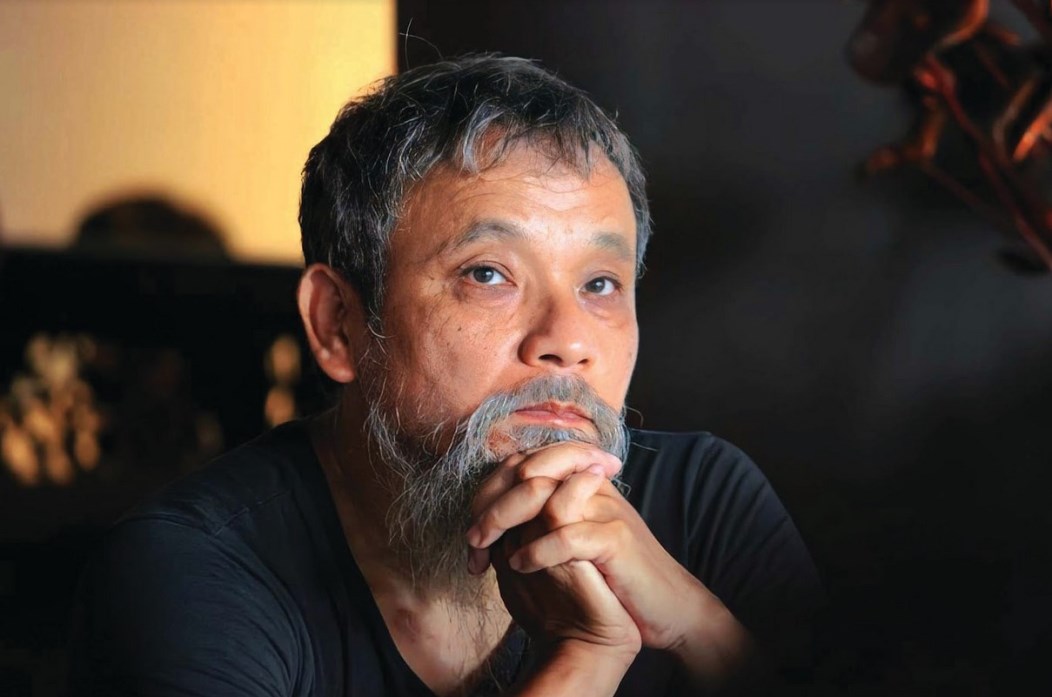
Phan Cam Thuong is a Vietnamese artist whose work is imbued with the traditions and teachings of Buddhism.
He learned to write with water ink and calligraphy from a young age, then worked as a painter in many places to earn his living, then began to paint on paper do, make woodcuts and silk paintings.
Phan Cam Thuong uses traditional renderings close to Vietnamese communal housing sculpture. The outfits and motifs of the 17th century royal court in his works come from painstaking studies of royal art and Vietnamese folklore. The artist uses only natural natural colors.








Emile Gallé was a French artist and designer who worked in glass, and is considered to be one of the major innovators in the French Art Nouveau movement. He was noted for his designs of Art Nouveau glass art and Art Nouveau furniture, and was a founder of the École de Nancy or Nancy School, a movement of design in the city of Nancy, France.


Emile Gallé was a French artist and designer who worked in glass, and is considered to be one of the major innovators in the French Art Nouveau movement. He was noted for his designs of Art Nouveau glass art and Art Nouveau furniture, and was a founder of the École de Nancy or Nancy School, a movement of design in the city of Nancy, France.


Emile Gallé was a French artist and designer who worked in glass, and is considered to be one of the major innovators in the French Art Nouveau movement. He was noted for his designs of Art Nouveau glass art and Art Nouveau furniture, and was a founder of the École de Nancy or Nancy School, a movement of design in the city of Nancy, France.


Emile Gallé was a French artist and designer who worked in glass, and is considered to be one of the major innovators in the French Art Nouveau movement. He was noted for his designs of Art Nouveau glass art and Art Nouveau furniture, and was a founder of the École de Nancy or Nancy School, a movement of design in the city of Nancy, France.


Emile Gallé was a French artist and designer who worked in glass, and is considered to be one of the major innovators in the French Art Nouveau movement. He was noted for his designs of Art Nouveau glass art and Art Nouveau furniture, and was a founder of the École de Nancy or Nancy School, a movement of design in the city of Nancy, France.







![[Галь, Н., автограф]. Литературно-художественные альманахи издательства «Шиповник»: [в 26 т.].](/assets/image/picture_1793577/a57aa/n3vc5xonn84ea8396aynx57xc8tazigsuhrh3dq820x72pr-yguhaawcnrtmkrvk1635870083jpg__fix_374_244.jpeg)
![[Галь, Н., автограф]. Литературно-художественные альманахи издательства «Шиповник»: [в 26 т.].](https://veryimportantlot.com/assets/image/picture_1793577/a57aa/n3vc5xonn84ea8396aynx57xc8tazigsuhrh3dq820x72pr-yguhaawcnrtmkrvk1635870083jpg__fix_374_244.jpeg)
![["Пастернаковский" номер]. «Литературная газета». 1958, 25 окт. № 128.](/assets/image/picture_1784659/04ad6/86c0f-rmvhpe96ngq79c02kc72swkpn-rikjpgprtfkbkcfttbx6ohzvioyzj3dn1635852668jpg__fix_374_244.jpeg)
![["Пастернаковский" номер]. «Литературная газета». 1958, 25 окт. № 128.](https://veryimportantlot.com/assets/image/picture_1784659/04ad6/86c0f-rmvhpe96ngq79c02kc72swkpn-rikjpgprtfkbkcfttbx6ohzvioyzj3dn1635852668jpg__fix_374_244.jpeg)





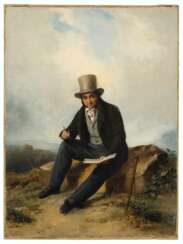








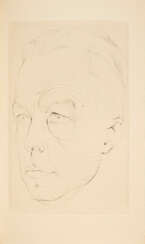



![[CAMUS, Albert (1913-1960)] SARTRE, Jean-Paul (1905-1980).](/assets/image/picture_2501455/342ea/b20cd319990dd0235ee6974c2d87ddb81667984400jpg__fix_374_244.jpeg)
![[CAMUS, Albert (1913-1960)] SARTRE, Jean-Paul (1905-1980).](https://veryimportantlot.com/assets/image/picture_2501455/342ea/b20cd319990dd0235ee6974c2d87ddb81667984400jpg__fix_374_244.jpeg)








































